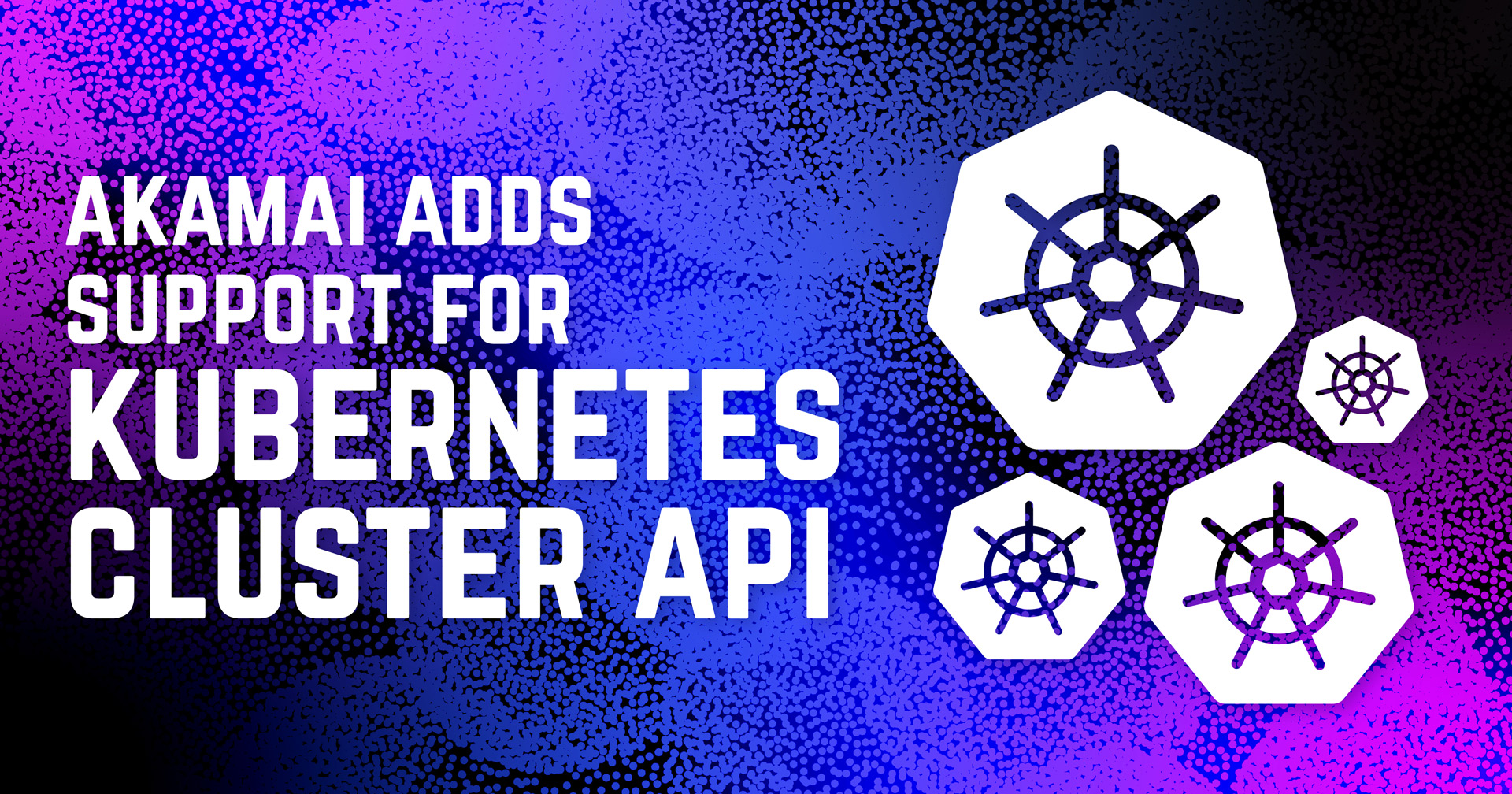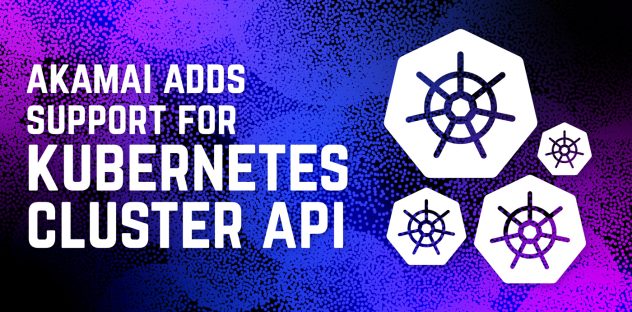As we continue our behind-the-scenes work on improving and expanding our platforms, we’re happy to announce that we’ve added support for Kubernetes Cluster API. Cluster API (AKA: CAPI, pronounced “kappy”) is used to build declarative, Kubernetes-style APIs using config files that are similar to other infrastructure as code tools.
CAPL (a Kubernetes Cluster API implementation for Linode) adds portability, automation capabilities, and ease of cluster creation, configuration, and management. It is a standalone open source tool that can be installed in existing Kubernetes clusters on Akamai, including the Linode Kubernetes Engine (LKE).
Manual installation (bootstrapping) of a Kubernetes environment is an arduous process and difficult to maintain at scale. This led to the creation of numerous Kubernetes distributions that were to simplify cluster deployment and management. There are managed options, such as LKE and Amazon’s Elastic Kubernetes Service (EKS), and DIY distributions, such the lighter K3s or RKE2. But many solutions tend to bring new challenges, as the numerous distributions and installers each come with different default configurations for clusters and supported infrastructure providers. This is where our friend CAPI comes in with declarative, Kubernetes-style APIs that supports cloud providers and on-prem environments that automate cluster creation, configuration, and management.
For a very light summary of how CAPI works, a management cluster is deployed to build and manage workload clusters. You make changes to the clusters by editing and pushing the updated YAML file. Changes may include Kuberentes version, total nodes, and tolerances.
For more details, check out Getting started with CAPL.
Getting Started
- CAPL is in active development and can be used in any of our core compute region.
- Note that core compute regions without VPC functionality require a vpcless cluster deployment.
- CAPL can be used with different Kubernetes distribution and plugin providers, such as Rancher.






Comments